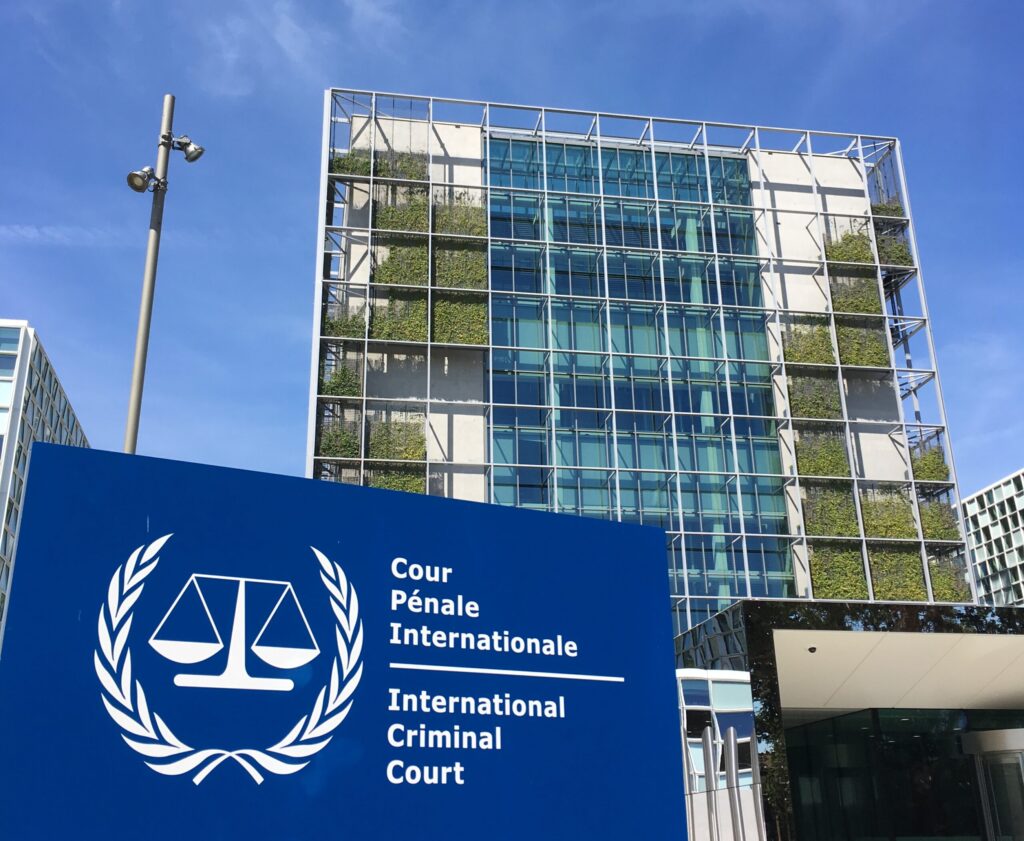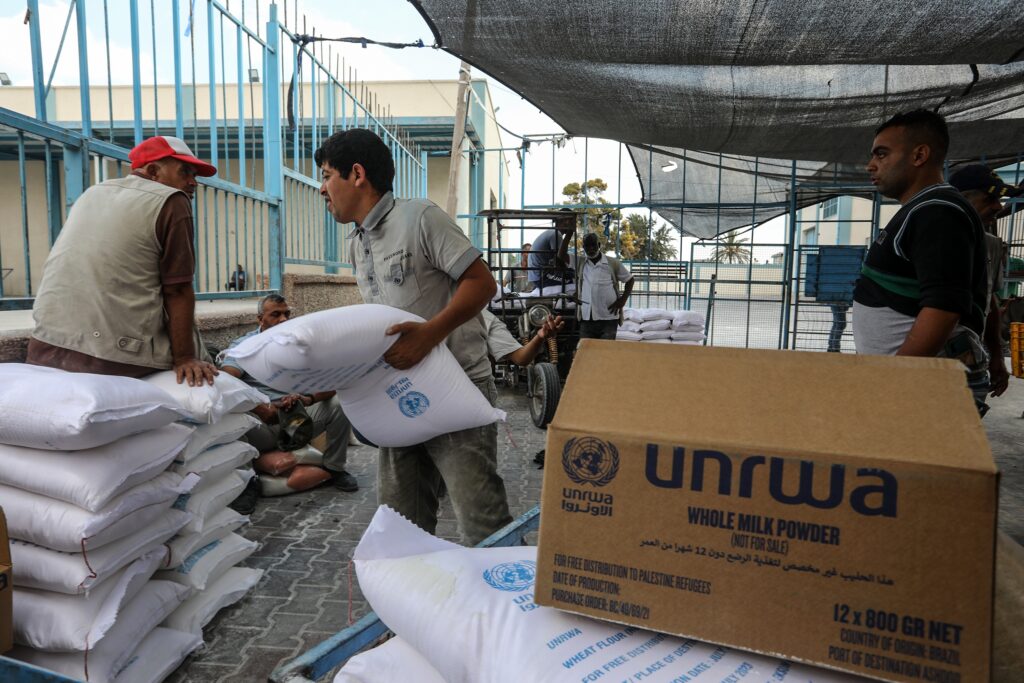UPDATES
Some maps of Gaza, based on UN data, that everyone should see
Aug 29, 2014 | Gabrielle Debinski
Gabrielle Debinski
On August 15, OCHA- the United Nations Office for the Coordination of Humanitarian Affairs, released its 100-page report called the “Gaza Crisis Atlas.” Its key findings should be essential reading for anyone interested in what happened in Gaza. While it seems doubtful that this is what was intended by OCHA – which has a reputation for pro-Palestinian activism – the data the UN supplies destroys a lot of myths and misconceptions about Israel’s military actions in Gaza.
The report provides an atlas of the entire Gaza Strip with satellite imagery showing the locations of schools, hospitals, UN shelters, mosques, private homes and other civilian infrastructure. The report also shows 12,000 sites were damaged by Israeli airstrikes or other military action during the first month of Operation Protective Edge – from July 9 – August 5.
The lengthy UN report includes satellite images of all the neighbourhoods in the Gaza Strip in order to assess the “level of damage” caused by Israel’s air and ground operations – which began on July 8 in response to incessant rocket fire from Hamas in the Strip into Israel.
The report states its purpose as the following:
“The Gaza Crisis Atlas is a planning tool intended to assist aid and development agencies in assessing and responding to humanitarian and reconstruction needs emanating from the conflict in the Gaza Strip. It is a vital tool for humanitarian and development organizations, but it is also a valuable resource for anyone operating in Gaza as well as those wanting to better understand the impact of the recent escalation of hostilities.”
Dan Smith, one of the main contributors of the weblog Israelycool, conducted extensive analysis of the UN data published in this report. Smith extracted the report’s listed “damage points” and uploaded them into interactive Google maps, contrasting these with other population charts and IDF maps of terrorist targets in the Gaza Strip. In his geographical analysis Smith aims to identify where the IDF is targeting and for what intended purpose.
Accordingly, he mapped out the “4 qualitative severity levels” of damage in the data supplied by OCHA with each “level” corresponding to a different colour on the maps, which can be seen below.
- Crater/Impact (Green)
- Moderately damaged structure (yellow)
- Severely damaged structure (orange)
- Destroyed structure (red)
1. Here Smith has taken out the points according to level of severity, increasing from 0 &1 on the left (green) to the highest level 4 on the right (red).
A number of interesting patterns emerge. First, it is clear that contrary to the claim touted by much of the mass media over the past two months, Israel’s targeting in the Gaza Strip cannot be seen as “indiscriminate” or haphazard. This is evident in the cluster of “damage points” concentrated in specific areas. Smith determined that of the 12,433 total points of varying levels of damage included in the report, 72% are within a 3km buffer zone adjoining the border with Israel. It makes sense that majority of Israel’s targets were in this 3km buffer when considering that a key aim of Operation Protective Edge was to locate and destroy terror tunnels leading into Israel, as well as neutralise rocket launching facilities and sites – which are often near the border to reach further into Israel. It is logical that most of Hamas’ tunnel entrances and locations for storing and launching weapons into Israel are close to the Israeli border.
It is within this context that Smith aptly notes: “that the most intensive damage was caused to the area where the tunnels naturally originated is thus perfectly understandable…of the 4,441 destroyed structures, 3,481 of them (78%) are within the 3km buffer, as are 2,531 of 3,303 (77%) of the lowest intensity damage (simple craters), which are mostly strikes on rocket launchers and tunnels.”
The “heat” map below prepared by Smith shows that the damage in Gaza was overwhelmingly aimed at the easternmost part of Khan Younis and Shujaiyya and Khuza’a neighbourhoods, well known for their extensive terrorist infrastructure and as sites for tunnel entrances.
Importantly, Smith’s analysis reveals that most of the damage caused in Gaza has been concentrated in five specific areas close to the border with Israel. His “damage intensity heat map” uses a scientific system known as the “weighted kernel density” to measure the severity of the OCHA damage points and represent them by colour. As Smith notes, that the most populated neighbourhoods in the Gaza Strip (see second map below, prepared by Peace Now) such as the heart of Gaza City, Jabaliya, Khan Yunes and Rafah “were disproportionately undamaged.”
This a far cry from images one gets from the television, which sometimes give the impression that the whole strip has been reduced to rubble.
2. Damage intensity heat map

3. Map of Gaza population concentrations
Perhaps the fiercest battles of the conflict took place on July 19 and 20 in the Shujaiyya neighbourhood between Israeli military forces, who were searching for known terror tunnel shafts, and a Hamas battalion of between 800-900 armed terrorists. Much of the media coverage, most memorably an article written by Ruth Pollard in the Age newspaper (“Israel calls up 16,000 reservists after school hit,” 1 Aug.) reported on the destroyed civilian infrastructure and damage as a result of Israel’s attack that seemed to extend “beyond the specific locations where tunnel shafts were found.” However, the IDF has published aerial footage of known terrorist infrastructure in Shujaiyya, showing that the destroyed buildings marked in OCHA’s report– including schools, private homes, mosques and hospitals, were being used by Hamas to launch rockets and store caches of weapons. This crucial insight and context about the scope and reason behind the destruction is lacking when merely presenting satellite imagery.
More analysis on the battle at Shujaiyya can be found in a previous AIJAC blog post here.
Further, a comparison between the “damage points” in the Shujaiyya neighbourhood set out in the UN map below, and the locations identified by the IDF as “terrorist infrastructure,” prepared by Smith shows a striking correlation. This would appear to prove that Israel has strategically pinpointed areas known to harbour Hamas militants and terrorist infrastructure, rather than indiscriminately targeting civilian areas as some media reports have implied.

4. Comparison between UN map of Shujaiyya “damage points” and IDF “terror targets” in the same neighbourhood
Smith writes: “If we do a rough estimate of the damage area, it is once again clear the vast majority of the Gaza Strip was unscathed. With a fairly generous estimation that a damage point has a 25-meter radius – the footprint of a house, or the blast radius of a bomb – the total damage area of the 12,433 impacts was in the order of 15 KM2. The land area of the Gaza strip is 360 Km. In other words, less than 5% of the land was affected.”
A significant omission in the OCHA report is its failure to acknowledge the 15% of Hamas rockets that have fallen short, inevitably contributing to the “damage” of infrastructure in the Gaza Strip, which the report appears to attribute solely to Israeli airstrikes and other military actions.
Over the past few months the mass media has often reported in a sensationalist and emotive manner on the destruction and damage caused in the Gaza Strip as a result of Israeli airstrikes and other military actions.
While civilian casualties are tragic and deeply regrettable, it is important that reportage be put into context with actual data. OCHA has now provided it.
Indeed, Smith’s geographical analysis of that data shows that Israel has consistently sought to exclusively target terrorist infrastructure, and allegations or implications that Israel has been randomly inflicting destruction across the Gaza Strip are simply inaccurate.
Smith succinctly sums up: “Israel has said from the get-go that it is targeting terrorists, and the spatial distribution of the damage points (from this third party source) proves the IDF’s claims of targeted attacks on terrorist infrastructure, whether they are in fields or in the middle of a neighborhood hijacked by Hamas.”
Furthermore, retired American naval intelligence officer J. E Dyer has done some further work with the OCHA figures and the maps prepared by Dan Smith.
She juxtaposes the damage maps of Gaza with Israeli maps of rocket launch sites in Gaza. Her maps of northern, central and southern Gaza are below:



5. J. E. Dyer’s maps juxtapose missile launch sites with damage to structures in northern, central and southern Gaza.
These maps appear to show that even large concentrations of missile launches in heavily-populated areas did not lead to major destruction in the surrounding area.
She concludes from this:
These findings tend to validate the IDF’s stated intention to destroy Hamas infrastructure – as opposed to merely participating in a pointless “cycle of violence.” The findings certainly militate against the narrative that Israel targets Gaza’s civilians. Even when Israel would be justified in attacking rocket launch points in dense urban areas, she only does so in limited cases, and to serve a larger strategic purpose.
The point here is more than that the IDF warns civilians to evacuate, or uses the least lethal weapon feasible, or otherwise tries to minimize collateral damage. The point is that Israel’s motives and methods are consciously geared to waging limited, responsible warfare that serves her own security priorities – and not to “retaliating” out of anger or political expediency.
UN agencies – and especially the UN Human Rights Council’s egregious Schabas commission, will almost certainly try to claim the opposite is true. When they do, it would be worth remembering that the UN’s own data, when properly and fairly analysed, appears to clearly contradict any such claims.
Tags: Israel













